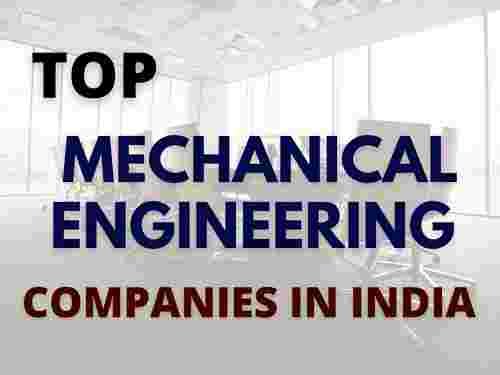Air compressor is a pneumatic machine that converts power into potential energy stored in pressurized air. Air compressor was invented in the year 1888 by the Austrian engineer Viktor Popp in Paris. In just three years Popp’s plant grew from 1500 KW to 18000 KW.
Air compressor is a machine which suck low pressure low temperature air from atmosphere and compressed it high pressure high temperature by reciprocating motion of piston or by rotary motion of blade in casing.
Uses of Compressed Air:
There are different uses of compressed air are as follows,
- It is use for filling the air in tube of vehicle.
- It is use in vehicles to operate air brake.
- For cleaning of workshop machines and tools.
- It is use in a blast furnace factory.
- It is use in an automobile service stations for cleaning the vehicles.
- It is use to perform operations of pneumatic tools such as rock drills, vibrators.
- It is use for spray painting in paint industries.
- It is use for supercharging of I.C. engine and for atomization of duel in I.C. engine.
How does Air Compressor Works?
Air compressors works on the principle of drawing the atmospheric air, compressing it and storing it into a pressurized tank or delivering it directly for an application. The basic working principle involves into following steps:
Air Intake: The compressor draws in atmospheric air through an intake valve.
Compression: The air is compressed using a reciprocating piston or a rotary blade or other compression mechanisms. As it is compressing resulting it volume decreases and pressure increases.
Storage and Delivery: The compressed air is stored in a pressurized tank and delivered directly through the pipes.
Regulation: The air pressure can be regulated by using a pressure valves, switches and regulators for use as per specific requirements.
Classification of Air Compressors:
Air compressors mainly classified into mainly two groups as follows,
- Reciprocating Air Compressor.
- Rotary Air Compressors.
According to the capacity:
- Low capacity: volume of air delivered 0.5 m3/sec or less
- Medium capacity: volume of air delivered from 0.15 m3/sec to 5 m3/sec
- High capacity: volume of air delivered above 5 m3/sec
According to pressure limit:
- Low pressure compressor
- Medium pressure compressor
- High pressure compressor
According to method of connection to the driving unit:
- Direct drive
- Belt drive
- Chain drive
Some of the important terms in Air Compressor are as follows,
Compression Ratio: It is defined as the ratio of volume of air before compression to volume of air after compression. It is donated by Rc.
Compressor Capacity: It is quantity of the free air actually delivered by a compressor in m3 per minute
Free Air Delivered: It is the volume of air delivered under the conditions of temperature and pressure existing at the compressor intake i.e. volume of air delivered at surrounding air temperature and pressure.
Swept Volume: The volume displaced or swept by the piston when it moves between top dead center and bottom dead center. It is also called as stroke volume and denoted by Vs.
Pressure Ratio: It is the ratio of pressure after compression to before compression.
Applications of Air Compressors:
Air Compressors are widely used in various industries and everyday activities. Here are some of the most used applications of Air Compressors are as follows,
Inflating: Air compressors are commonly used for inflating tires, inflatable toys, sports equipment’s and air mattresses.
Pneumatic Tools: Air compressors are used to operate pneumatic tools such as nail guns, wrenches, drills and much more.
Cleaning and Maintenance: Air compressors are used to run air blow guns for cleaning surfaces in factories and construction sites.
Painting and Coating: Air compressors are used for air spray painting and powder coating applications.
Construction and Manufacturing: Air compressors are used on construction sites and manufacturing industries, power plants manufacturing plants and automotive workshops.



